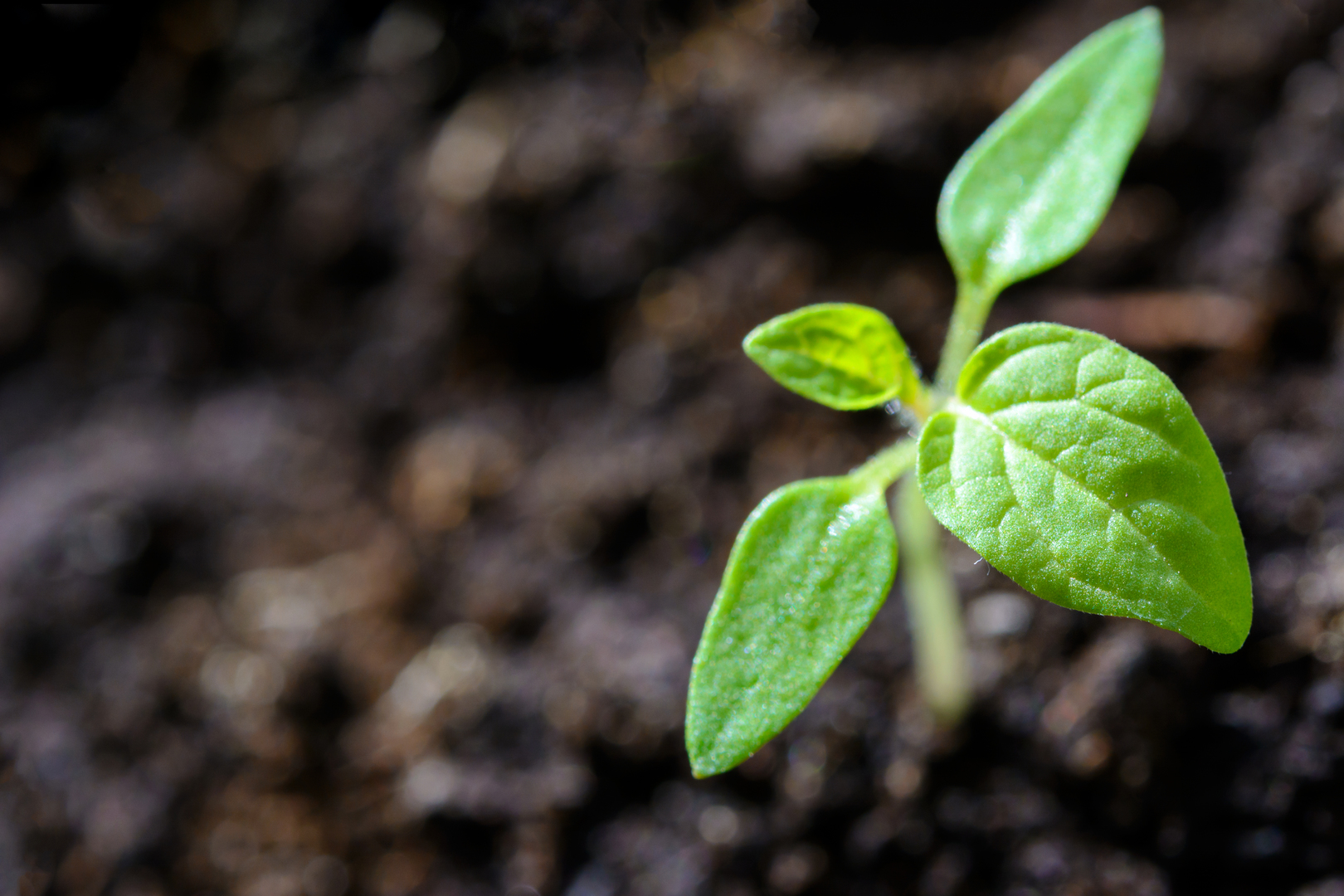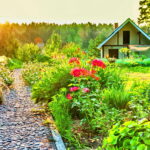Spring provides a perfect time to use nature’s ultimate fertilizer, compost.
Compost delivers almost all the nutrients that plants require in a time-released manner. It is known to grow healthier more disease resistant plants. As it slowly breaks down it becomes a part of the soil, enriching it and making your entire lawn and garden healthier. Think of it as a long-term investment in a beautiful lawn and garden.
Where to compost? Everywhere!
Compost fortifies the soil enabling it to better hold water and air and enriching it with nutrients and beneficial microbes. It can therefore be used on anything planted in soil: lawns, gardens, trees and shrubs.
How?
There is no really wrong way to spread compost, but here are tips to get the best results without waste.
In flowerbeds and gardens, spread a one-inch thick layer. If the soil is of poor quality, however, add 2-3 inches and work the compost into the top 6 inches of earth. For soil which is regularly treated with compost, a ½-inch layer each year will suffice.
For perennial flower and food plants, add compost when planting to the hole as well as around the plant.
For lawns, a 2-3-inch layer is recommended for a new lawn. For an established lawn a ¼ – ½ inch layer is recommended. For a struggling lawn which has not regularly received compost, a deeper layer preceded by an aeration and more frequent subsequent applications will help to retore health to the soil.
For trees and shrubs, use a ½-1-inch layer spread to the drip line. Then you can cover with mulch. Remember, as with mulch, do not pack the compost around the trunk.
What kind of compost?
Since compost is a product of nature’s perfect recycling system, ideally it is something you have brewing in your backyard from all your kitchen scraps and garden trimmings. If you have not yet begun your compost bin, never fear quality organic compost is easy to locate.
If you do want to start making your own compost, the city of Austin has some helpful tips to get started. And if that sounds too daunting, check out the Lazy Gardener’s Guide to Compost.







